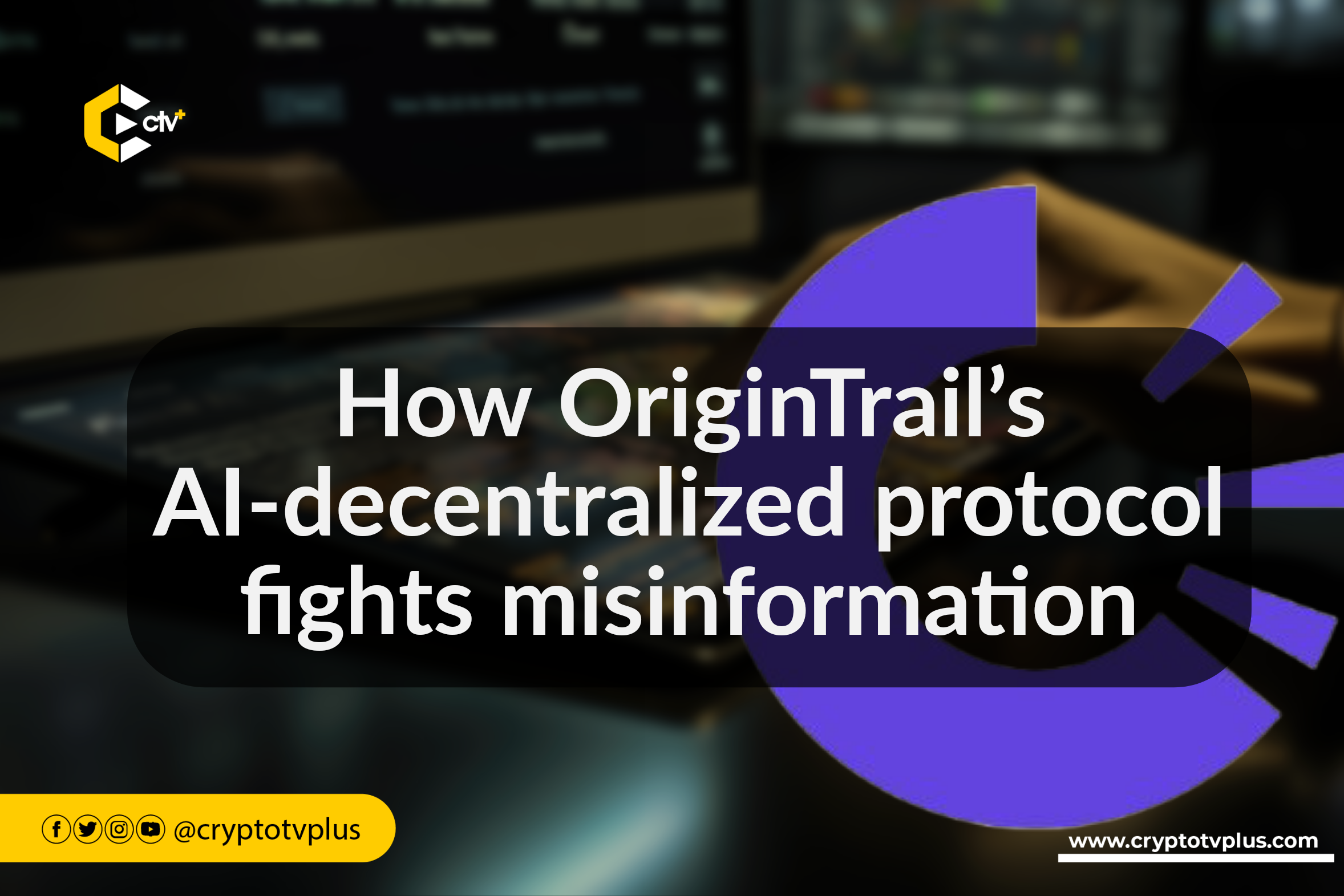News
How OriginTrail’s AI-decentralized protocol fights misinformation

In a rapidly evolving digital age, the proliferation of misinformation poses a significant challenge. With millions of online sources of information, it has become harder to differentiate between truth and falsehood.
To address this problem, Branimir Rakic, co-founder and CTO of OriginTrail, is spearheading the development of an AI-blockchain-based solution known as the Decentralized Knowledge Graph. Branimir at the Sub0 conference in September spoke about how this new protocol is designed to change the narrative for users around the world.
The problem of misinformation
Speaking to the audience, the co-founder cited how Geoffrey Hinton, often referred to as the “Godfather of AI,” recognized the potential dangers of AI-generated content and left Google out of concern. This issue was exemplified by a real-world case of a lawyer relying on AI, specifically Chat GPT, for legal research.
The AI inadvertently provided false information, leading to legal consequences. The root of this problem lies in AI’s probabilistic guessing, which, while often accurate, can be dangerously imprecise for complex topics such as law.
He added that misinformation is not a new issue, but AI has amplified its impact. Terms like “fake news” and distorted information have become common in recent years. Trusting information has become challenging, and it’s a problem that OriginTrail aims to address.
The knowledge revolution
Furthermore, he said that in OriginTrail, they believe that the world is in the midst of a Knowledge Revolution. Historically, there have been three major knowledge revolutions. “First one happened when we had the printing press come up,” he said, which allowed knowledge to spread widely.
The second was the internet’s connectivity revolution, making information readily accessible. Now, OriginTrail sees a third revolution focused on solving the trust and misinformation problem.
The solution
The CTO noted that OriginTrail’s solution revolves around decentralized AI and the concept of “knowledge assets.” The firm believes that knowledge is a valuable asset class, similar to tokens and NFTs. It aims to bring knowledge into the Web3 revolution, opening up a new world of possibilities.
Decentralized AI, combined with knowledge assets, can address the misinformation challenge effectively. These knowledge assets are akin to NFTs for knowledge, containing references to specific parts of the Decentralized Knowledge Graph.
He revealed that owners of these assets can manage and update the associated knowledge. When updates occur, the graph’s hash is linked to the asset, ensuring transparency and traceability.
How OriginTrail functions
Describing OriginTrail, Branimir said that its architecture is divided into three key layers: the blockchain layer, the multi-chain consensus layer, and the Decentralized Knowledge Graph layer.
The Decentralized Knowledge Graph is where knowledge is stored, organized, and managed. Knowledge assets, knowledge state proofs, and a public knowledge graph index are key components of this layer.
“Many of the big Web2 companies – Google, Netflix, Amazon, Uber, and NASA – all use knowledge graphs in the back,” he pointed out.
“They do that because they figured out that there’s a ton of value from their data but data by itself is very raw. It’s only valuable once you structure it properly – once you actually create knowledge out of it.”
One notable feature of OriginTrail’s design is its emphasis on incentivizing knowledge creation. The OriginTrail ecosystem aims to reward individuals for contributing valuable knowledge to the graph, fostering a collaborative approach to curating information.
Knowledge Graphs and AI Synergy
Additionally, he said that the approach taken by OriginTrail is unique in that it combines the traditional symbolic AI with modern neural AI. This merger allows for structured, semantically rich data and unstructured text data to coexist harmoniously within the knowledge graph.
The potential for AI systems built upon this foundation is vast, with applications ranging from search and discovery engines to question-answering systems and knowledge marketplaces.
To demonstrate the capabilities of OriginTrail’s Decentralized Knowledge Graph, he showcased a practical example to the audience doing extractive question answering. Unlike AI models that generate answers, this approach retrieves answers directly from the knowledge graph. It ensures accuracy and trustworthiness in information retrieval.
Read also; EU regulator: DeFi is still not a major threat to financial stability













1 Comment